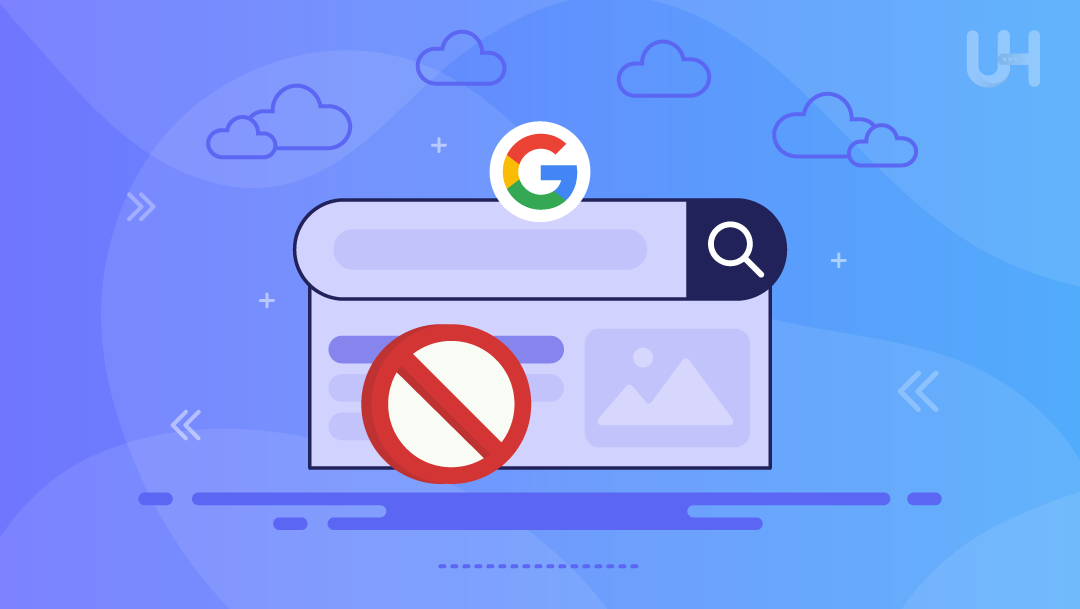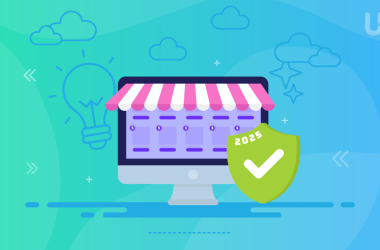With digital technology on the rise, offering a personalized experience has become more important than ever. The ability to create dynamic content is the key component to the evolution of how businesses interact with their clients. Businesses can boost engagement by providing customized content tailored to each person’s habits and preferences in live interactions.
In this article, we’ll examine the concept of dynamic content, its various kinds, implementation methods, excellent practices, and examples. These details will assist you in energetically using dynamic content’s potential.
What is Dynamic Content?
Dynamic content is digital content that changes over time depending on the user’s behavior, preferences, and other factors. In contrast to static content, which remains the same for every user, dynamic content is individualized. It alters according to predetermined criteria, providing a personalized user experience.
Whether it’s a personalized shopping recommendation, a custom blog post suggestion, or a location-based promotion, dynamic content creates a more engaging and user-specific content experience. This adaptability is achieved through dynamic content delivery mechanisms, using data analytics and customer behavior insights to shape the information that each user sees.
In web personalization strategies, dynamic content offers brands a unique opportunity to enhance customer satisfaction and engagement, boosting click-through rates and conversions.
Types of Dynamic Content

Dynamic content spans various formats and use cases. Below are some main types that help create personalized content experiences across digital platforms.
Personalized Product Recommendations
One of the most common forms of dynamic content, personalized product recommendations, tailors shopping suggestions based on users’ previous browsing or purchase behavior. This approach is especially effective for online retailers using e-commerce hosting servers, enhancing conversion rates by presenting relevant products.
Location-Based Content
Location-based dynamic content adjusts content based on the user’s geographical location. By showing location-specific messages, promotions, or store recommendations, businesses can cater to regional preferences, creating a more localized experience.
Real-Time Content Updates
Real-time content updates allow websites to display the most current information, like live prices, availability, or news. This type of content is highly relevant in industries like travel, stock markets, and media, where immediate data updates are crucial.
User-Specific Content Based on Behavior
Behavioral data, such as past interactions or page views, is used to create dynamic content tailored to user interests. For example, a returning visitor might see offers or blog posts related to dedicated hosting rather than beginner-friendly options. Websites protected by Cloudflare server hosting ensure that this dynamic content is delivered securely and efficiently, providing a seamless user experience.
Dynamic Email Content
In email marketing, dynamic content can be used to tailor messages, such as information about subscribers, such as the location of your business, prior purchases, or browsing habits. This method improves by choosing the best email hosting that connects every person who receives it.
Interactive and Engaging Media
Adding elements like quizzes, polls, and interactive videos makes content more engaging. Additionally, interactive content adapts based on user input, offering a unique experience each time.
Why Use Dynamic Content?
The principal benefit of together the dynamic content is providing an online experience that resonates with users. These are the main advantages of using dynamic content:
- More Engagement: Engaging content attracts visitors by offering useful information. It results in longer visits and lower bounce rates.
- Improved User Experience: Dynamic content alters material according to user preference, creating a smoother and more pleasurable user experience.
- Better Conversion Rates: Individualized advice and custom-designed promotions are more likely to improve dynamic content optimization.
- Data-driven insights: Monitoring user interactions when interacting with dynamic content can provide valuable information companies can utilize to improve their innovative marketing strategies.
Incorporating dynamic content in your marketing strategy is about getting attention, establishing trust, and adhering to a long-term commitment by consistently providing relevant data.
Boost Dynamic Content with Blog Hosting!
Optimize your blog’s reach and performance with UltaHost’s reliable Blog Hosting. Perfect for delivering dynamic, engaging content, our hosting solutions ensure your site is always fast and secure.
Strategy for Implementing Dynamic Content
Developing a clear, data-driven strategy is essential to leverage dynamic content effectively. Below are key steps to guide your implementation:
Define Your Objectives
What objectives do you hope to attain by utilizing dynamic content? The goals could include improving conversion rates, increasing user engagement, or improving your overall experience for users. A clear goal will guide the direction of your content strategy.
Identify Key Data Sources
Data forms the foundation of any dynamic content. Information from website analytics, CRM software, and social media must be collected and analyzed to understand users’ behavior and preferences. Recognizing the most important data sources, including the history of purchases, page views, and demographics, is vital to creating customized content.
Segment Your Audience
Audience segmentation lets you group users by common characteristics or behaviors. For example, you could classify users according to their locations, previous purchases, or other interactions on the site. Segmenting can help you create specific content for every group and improve the user experience by personalizing it.
Leverage Automation Tools
Implementing dynamic content on a mass scale demands marketing automation tools that examine user data to create individual experiences at the speed of light. Tools like marketing automation software and email marketing services are vital for seamless and dynamic content distribution.
Continuously Monitor and Optimize
Conduct A/B testing and track the key performance indicators (KPIs) to assess the efficiency of your dynamic content strategy. A regular evaluation lets you modify your method and adjust according to what is most popular with your target audience.
Best Practices for Dynamic Content
Incorporating dynamic content definitely demands careful consideration of desirable methods to ensure an enjoyable user experience and optimum results. Here are some tips:
Attention to User Intent
Understanding the user’s intent is essential for creating appropriate content. Avoid overwhelming your users with too many moving elements by focusing only on what they are most likely looking for, whether specific to users, content targeted at new users, or returning customer-specific promotions.
Personalize, But Avoid Over-Personalization
Although personalization can be effective, excessive use of it could come across as excessive. Try to design content that is natural and a little unobtrusive. This will respect users’ privacy while improving their experience.
Maintain Consistency Across Platforms
Be sure your dynamic content strategy will be consistent across different platforms, from your site to your social media accounts and emails, since consistency increases confidence and gives users the user with a seamless experience.
Protect User Data
Privacy is a major concern when creating moving content, so it’s essential to comply with data encryption rules and ensure data collection and usage transparency. Choosing DDoS-protected server hosting adds an extra layer of security, safeguarding sensitive user data from malicious attacks and preventing service disruptions.
Real-World Examples of Dynamic Content
For a better understanding of how dynamic content affects us, let’s examine some real-world scenarios:
Netflix
Netflix’s recommendation engine recommends films and shows according to an individual’s viewing patterns. By analyzing past options, Netflix offers personalized content, which increases viewers’ engagement on the site.
Amazon
Amazon often utilizes dynamic content, from customized offers to specific product suggestions. Customers who go to Amazon will see suggestions from their previous purchases, wish lists, and browsing histories.
Spotify
Spotify offers personalized playlists, such as Discover Weekly, based on users’ listening habits. The real-time content updates allow users to find new music tailored to their tastes, increasing happiness and retention.
Facebook Ads
The Facebook ad platform provides interactive content that targets people based on their actions, such as interests, demographics, and other factors. This flexible content distribution method allows advertisers to reach their ideal people with targeted messages.
Conclusion
Dynamic content has transformed businesses’ engagement with their audiences by providing relevant and meaningful experiences. With strategies, brands can remain adaptive in a competitive digital landscape. Successfully implementing dynamic content requires a thoughtful, data-driven approach that prioritizes personalization while respecting user privacy. The power of dynamic content can significantly improve customer engagement and drive meaningful results in today’s digital landscape.
A reliable hosting solution is essential to powering your dynamic content strategy. UltaHost’s CRM server hosting provides the speed, security, and scalability needed to deliver personalized content that engages customers in real-time.
FAQ
What is dynamic content?
Dynamic web content changes based on user interactions, preferences, or real-time data. It includes personalized messages, images, and videos to enhance engagement and improve user experience.
How does dynamic content improve user experience?
Dynamic content enhances user connection and engagement while improving conversion rates.
What are the benefits of using dynamic content in marketing?
It enables marketers to create personalized experiences for their audience, leading to higher engagement, improved conversions, better customer retention, and enhanced data collection for effective strategies.
What types of dynamic content can be used on a website?
Dynamic content types include personalized recommendations, location-based content, user-generated reviews, targeted emails, interactive quizzes, and real-time updates based on user behavior.
How can I implement dynamic content on my website?
To implement dynamic content, use content management systems (CMS) with dynamic features, employ personalization tools, and integrate APIs for real-time data. A/B testing and analytics are crucial for optimizing dynamic content effectiveness.
Is dynamic content good for SEO?
Dynamic content can enhance SEO when done right. Fresh and relevant content that meets user intent can boost search rankings and organic traffic, but proper indexing is crucial.
What are some best practices for using dynamic content?
Best practices include personalization, updating dynamic content, using analytics for performance tracking, and testing variations to engage your audience. Balancing dynamic and static content is also essential for usability.











